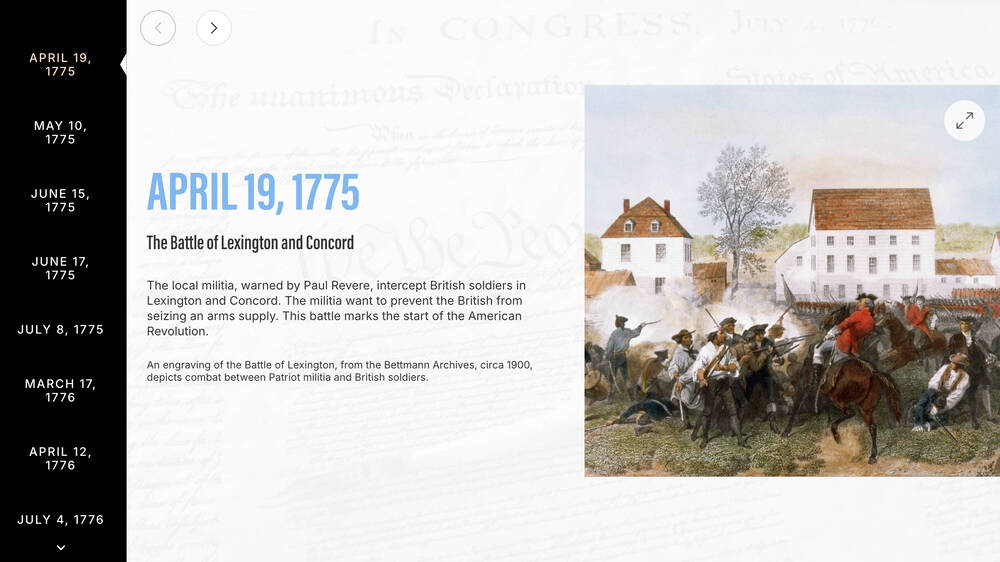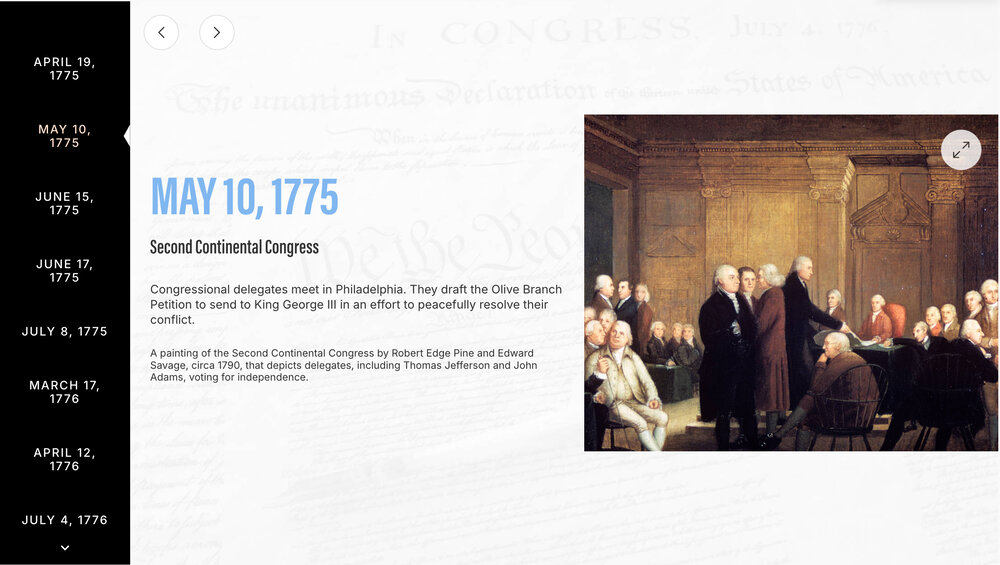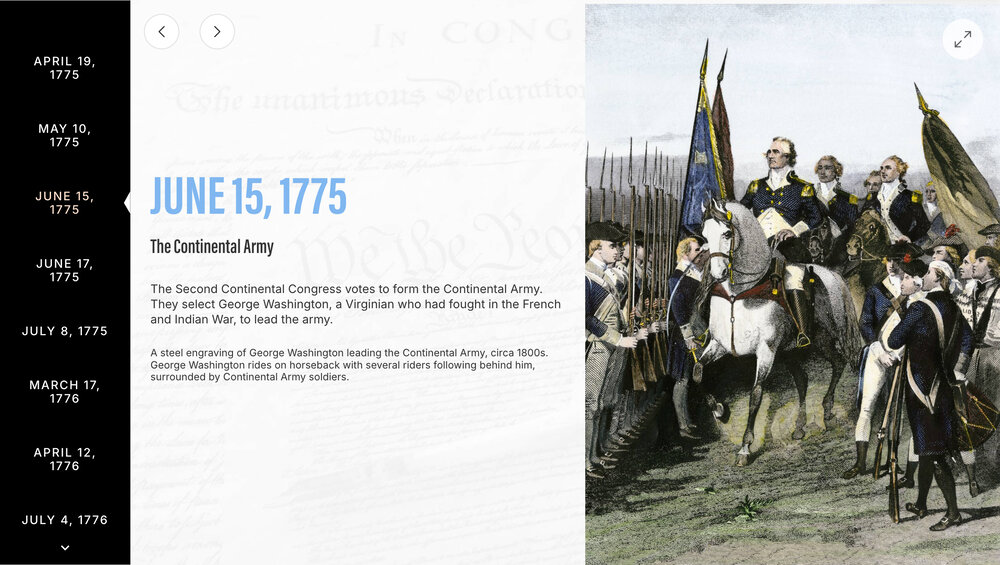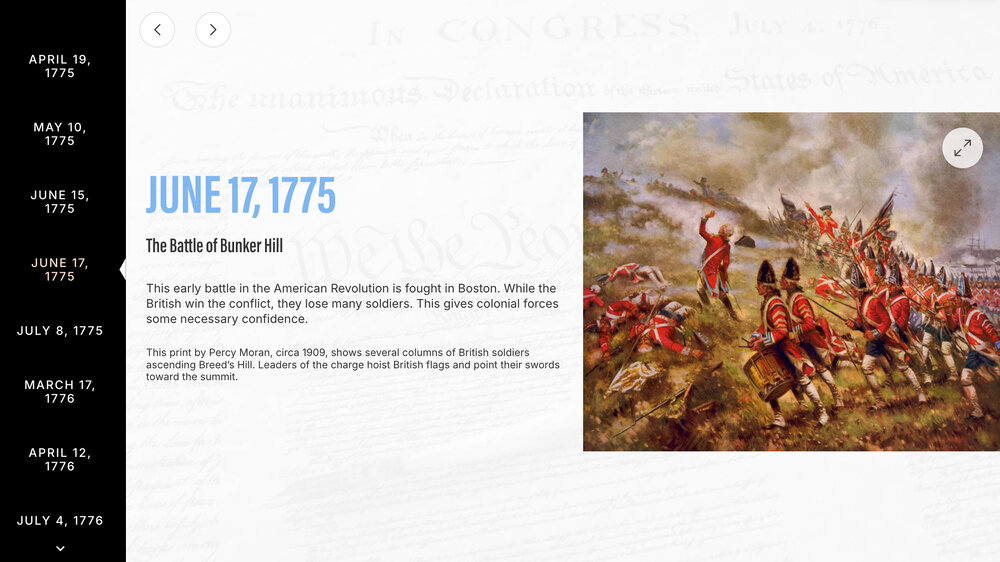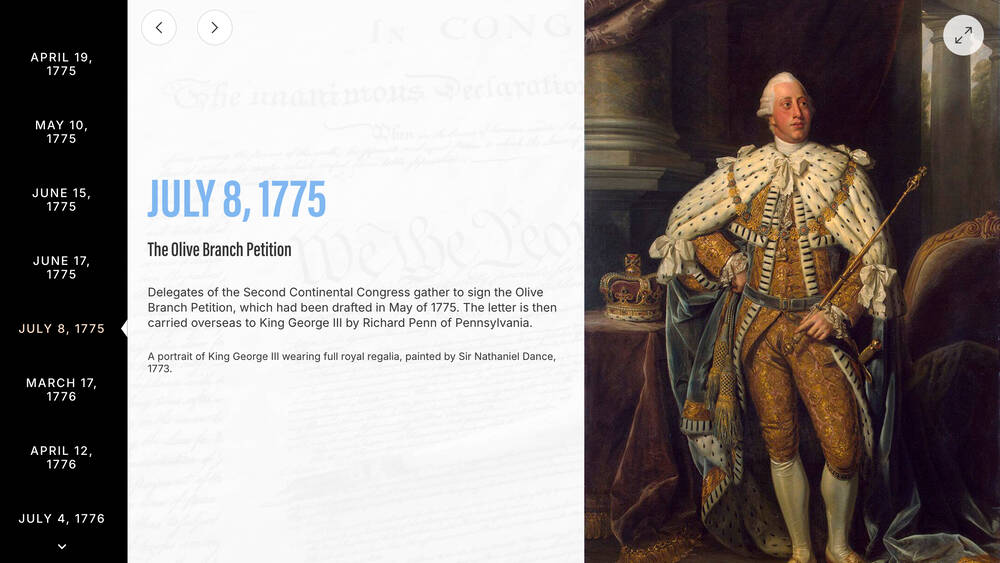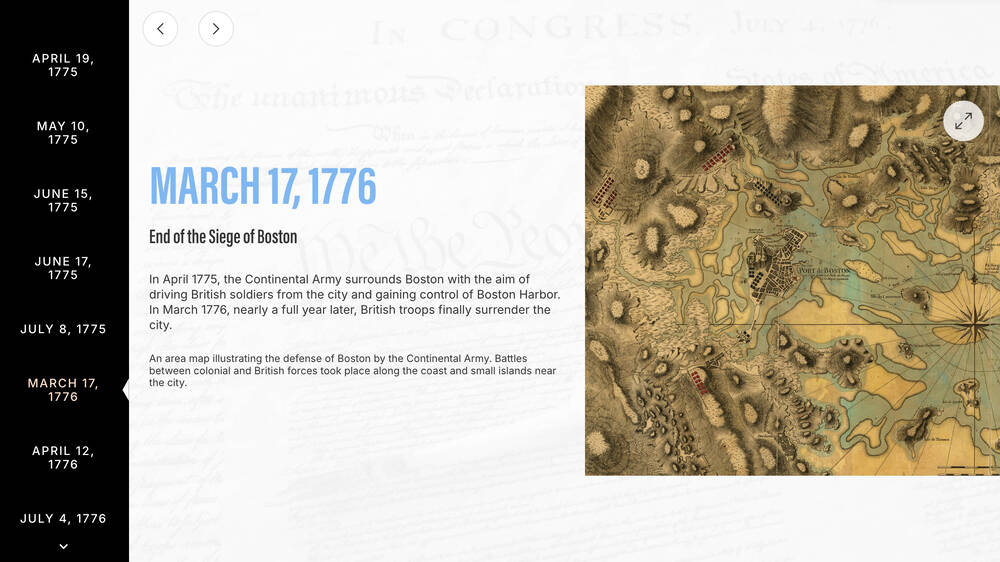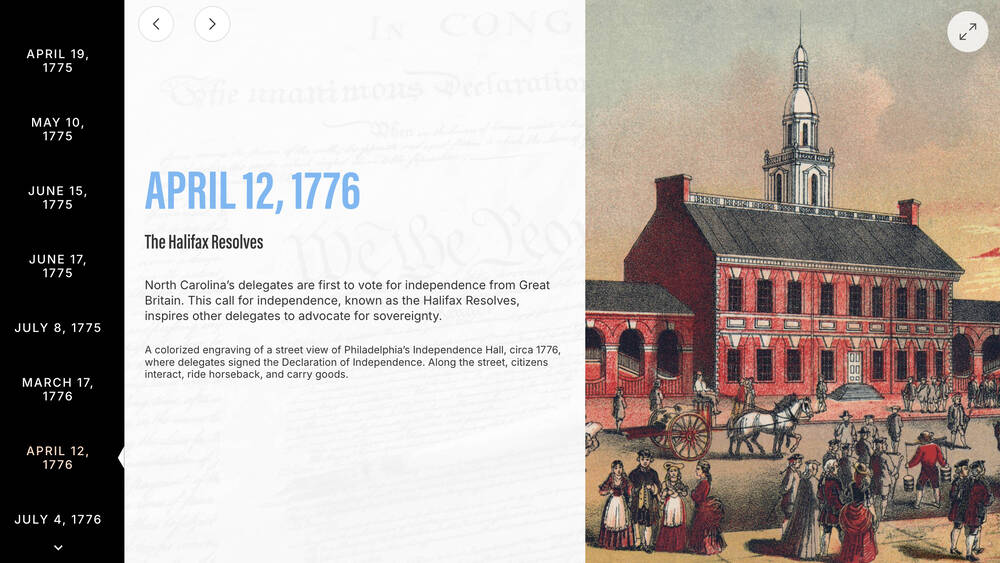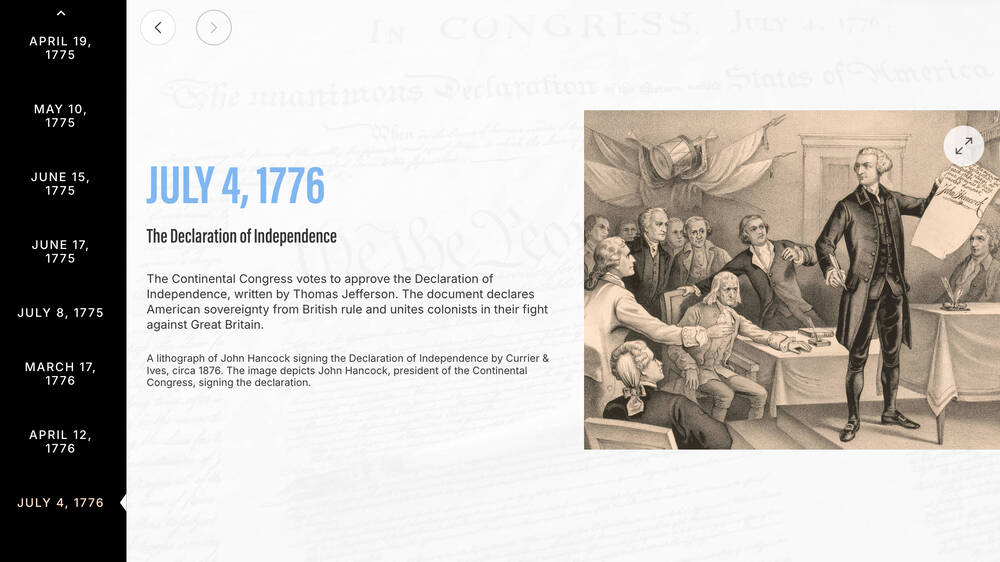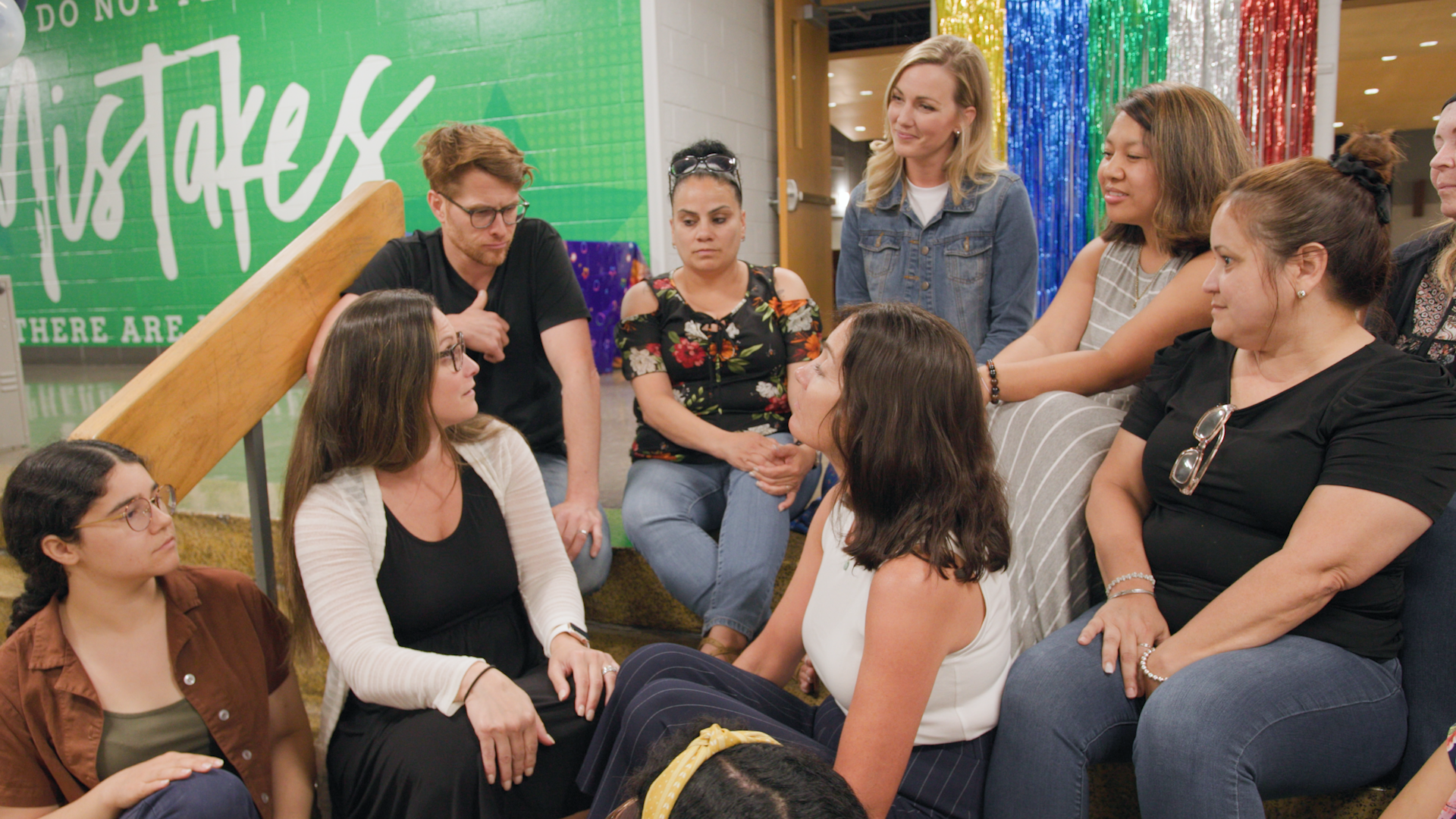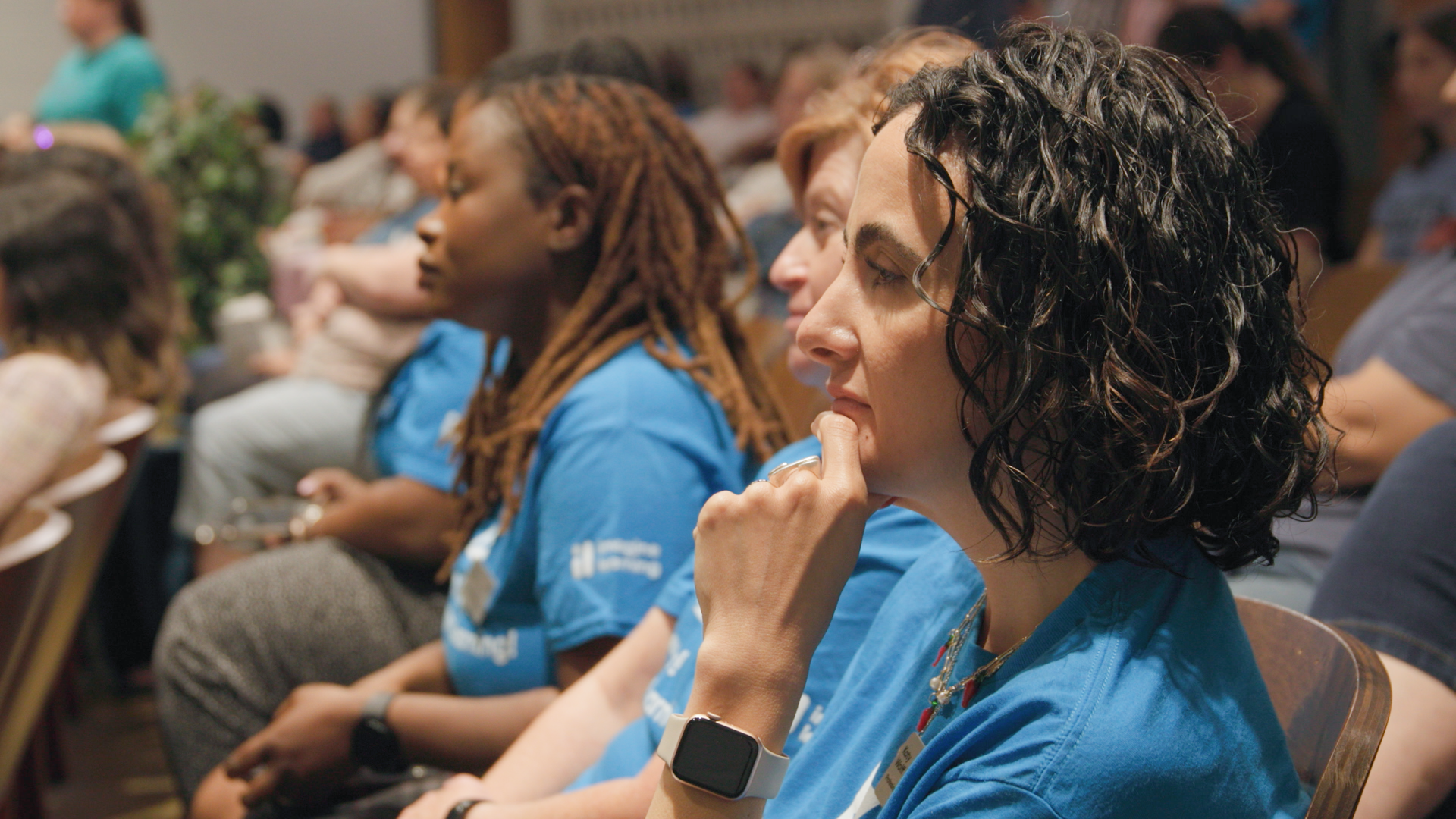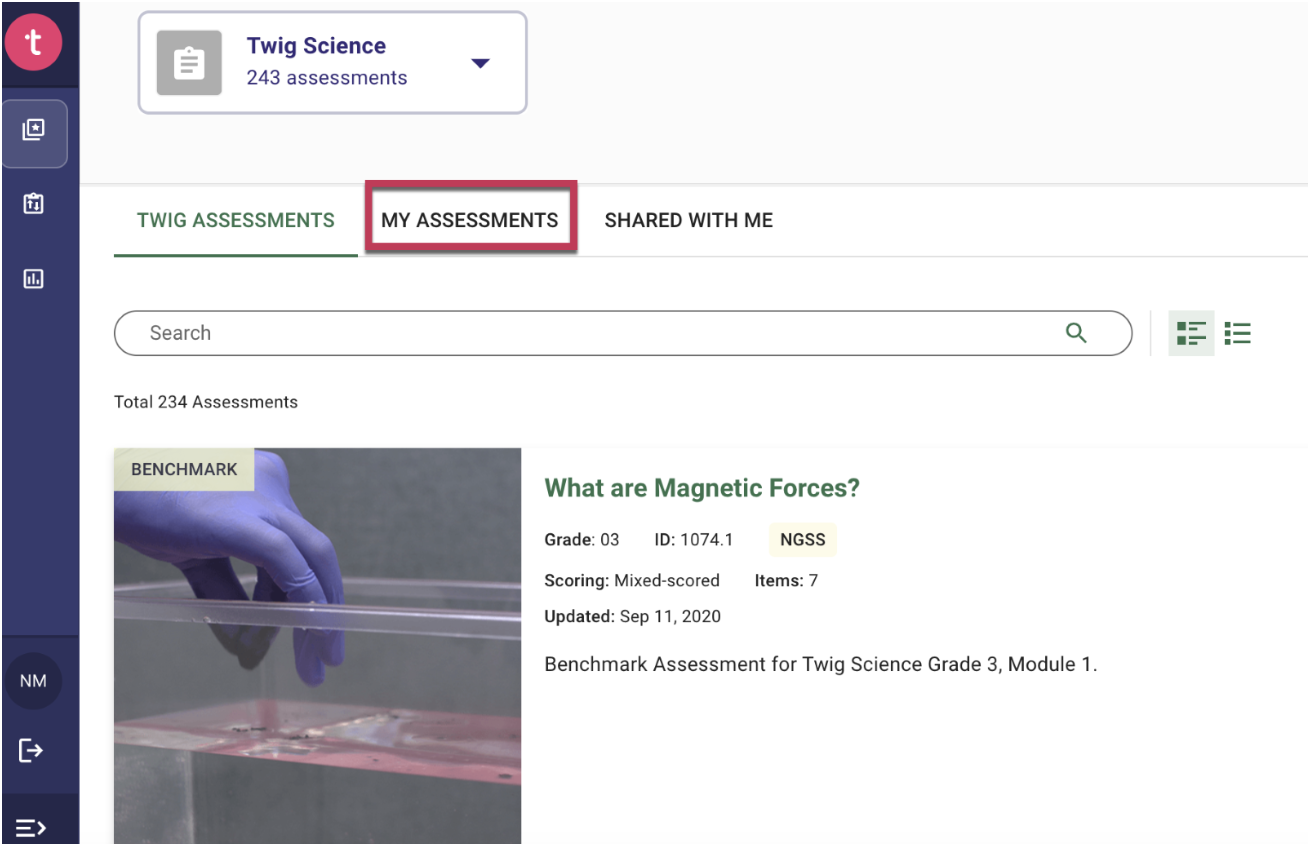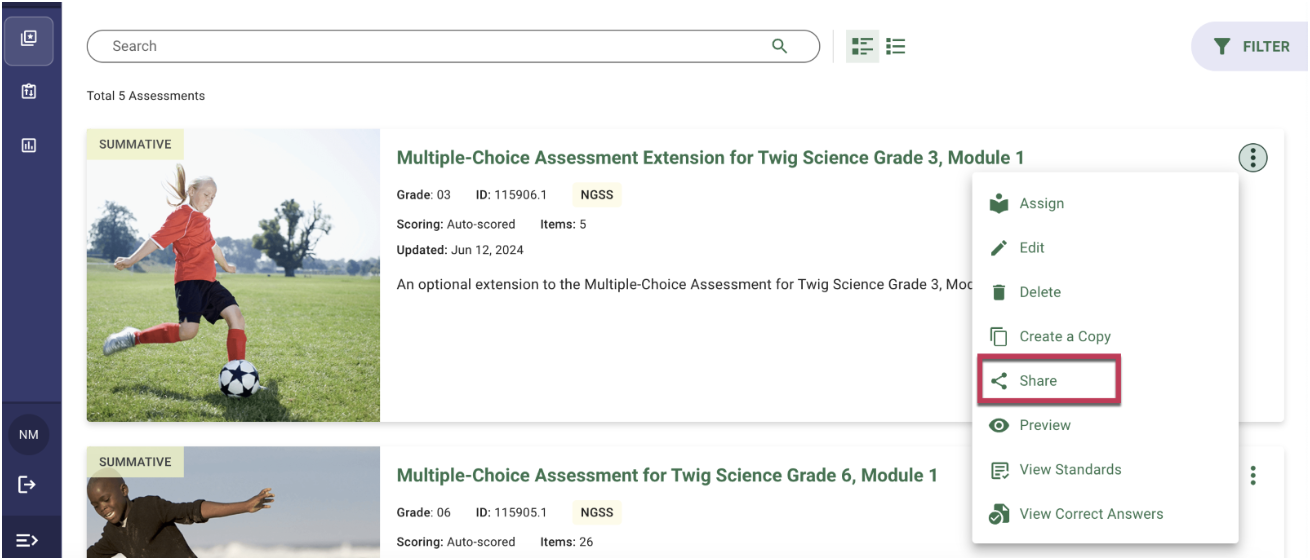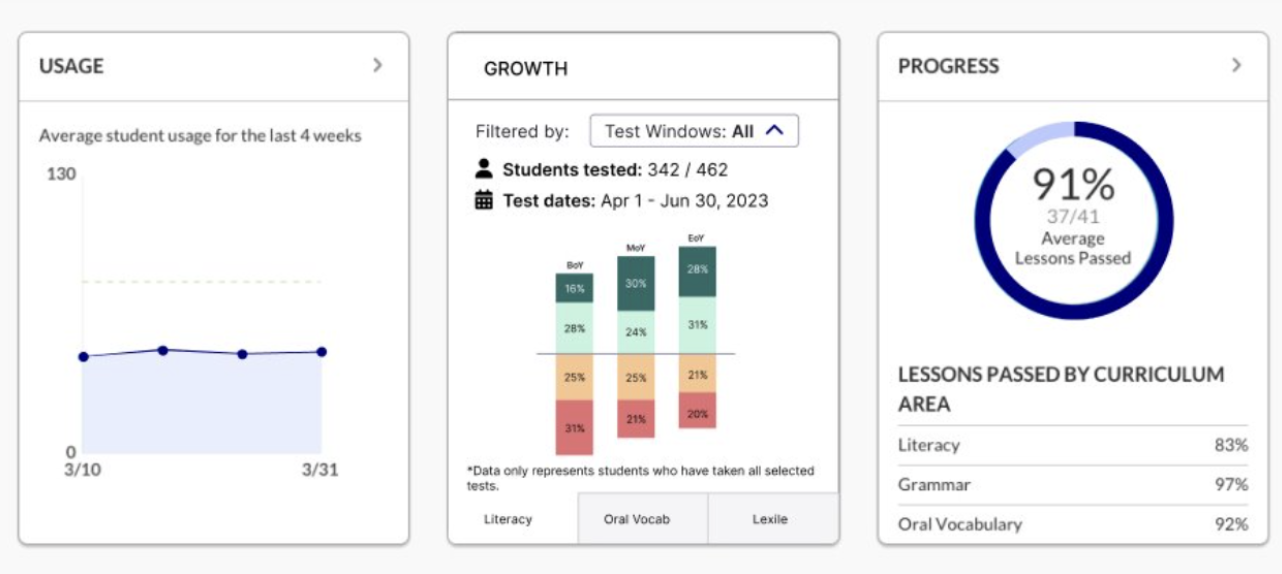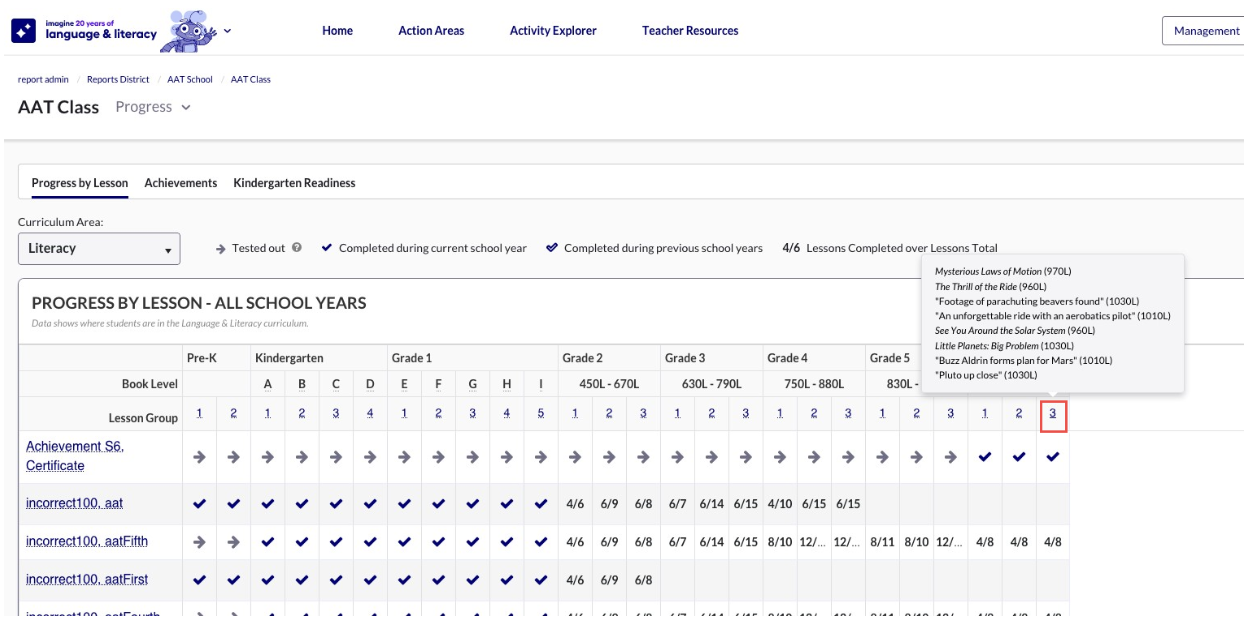U.S. History
Equality in Voting Rights
Explore the impact of advocacy efforts in the right to vote.
Engage
Examine this flipbook to learn about the women’s suffrage movement’s leaders.
Analyze
GERTRUDE SIMMONS BONNIN (ZITKALA-ŠA): ADVOCATE FOR THE “INDIAN VOTE”
Genre: Article | Creator: Cathleen Cahill | Date: 2020
Background
Gertrude Simmons Bonnin (1876–1938), also known by her Lakota name, Zitkala-Ša, was an Indigenous suffragist and civil rights activist. She advocated for voting rights for Indigenous people and for the right to be acknowledged and respected as both a Yankton Sioux and an American. This article explores Zitkala-Ša’s life and activism.
In 1924, advocacy by Native people like Zitkala-Ša and members of the Society of American Indians, along with complex political currents such as gratitude for Native veterans and increasing nativism, convinced Congress to pass the Snyder Act or the Indian Citizenship Act that endowed full US citizenship rights on all Native people born in the country. However, the law upheld US government oversight of Native lands.
Zitkala-Ša was thrilled by the possibility of the vote. For many years she had been developing her ideas of capacious citizenship for Native people that could encompass membership in a Native nation as well as US citizenship. She also believed that by voting together, Native people could form a powerful bloc in certain states, especially those with large Native populations, that could help change federal policies. She urged Native people to take advantage of their new citizenship status to vote. In 1926, she and her husband formed the National Council of American Indians to coordinate the political actions of Native people across the nation. For three summers they traveled to Native communities learning of their concerns, discussing recent legislation, and registering voters. Initially, this seemed like a promising strategy. Many Native people began to vote and some Native men ran for and were elected to office, including Senator Charles Curtis a citizen of the Kaw Nation who served as Herbert Hoover’s vice president (1928–1932).
However, many non-Natives, especially in states that had significant populations of Indigenous people like Arizona, Montana, and New Mexico, used a variety of strategies to disenfranchise Native people. Some of those strategies mirrored Southern Jim Crow laws, such as literacy tests, at-large elections, or poll taxes. Arizona and New Mexico argued that despite the Citizenship Act, anyone living on land that remained under government trust oversight in a wardship status could not vote. In this way, states used the relationship between Native people and the federal government to suppress voting. Zitkala-Ša was outraged. She continued her advocacy for Native rights and especially for self-governance of her nation, the Yankton Sioux, until her death in 1938.
Excerpted from“Gertrude Simmons Bonnin (Zitkala-Ša): Advocate for the ‘Indian Vote.’”
Collaborate
Give One, Get One
Pose the following question to students.
What are additional benefits that come with the right to vote?
- Have students write several answers to the question.
- Have students move around the room and talk with other students to give and get ideas in response to the question. Students should try to get at least one new idea from each peer conversation.
- Call on several students to share an idea they got that shaped their thinking.
Teacher Resources
Think Like a Historian
Use this additional sourcing information to further contextualize the source in order to deepen students’ analysis and evaluation.
This article describes the activist work of Gertrude Simmons Bonnin, or Zitkala-Ša. Zitkala-Ša urged women to use their new political power to advocate for Indigenous people’s rights and U.S. citizenship, which is something Zitkala-Ša did her entire life.
The purpose of this source was to describe the life and advocacy work of Zitkala-Ša.
This article was intended for a general contemporary audience.
This source shows that Indigenous American women were not granted the right to vote with passage of the 19th Amendment. Instead, they were still unable to vote until 1924 and, along with Indigenous American men, had to fight to exercise their rights because of discriminatory laws.
Scaffolding and Differentiation
Use the following information to provide reading comprehension support.
Explain that this article was originally published on July 30, 2020, on the Women’s Suffrage Centennial Commission’s blog. The digital version has images and hyperlinks that are not replicated in this excerpt.
Cahill uses long, complex sentences that students may find challenging. Encourage them to summarize Cahill’s main points.
Analyze and Discuss
To extend discussions, consider asking the following questions.
- What is the author’s central claim?
- (Cahill’s central claim is that Zitkala-Ša advocated for voting rights for Indigenous citizens and for other Indigenous rights.)
- Identify a piece of evidence Cahill uses that supports this claim.
- (Answers will vary but may include “She urged Native people to take advantage of their new citizenship status to vote.”)








